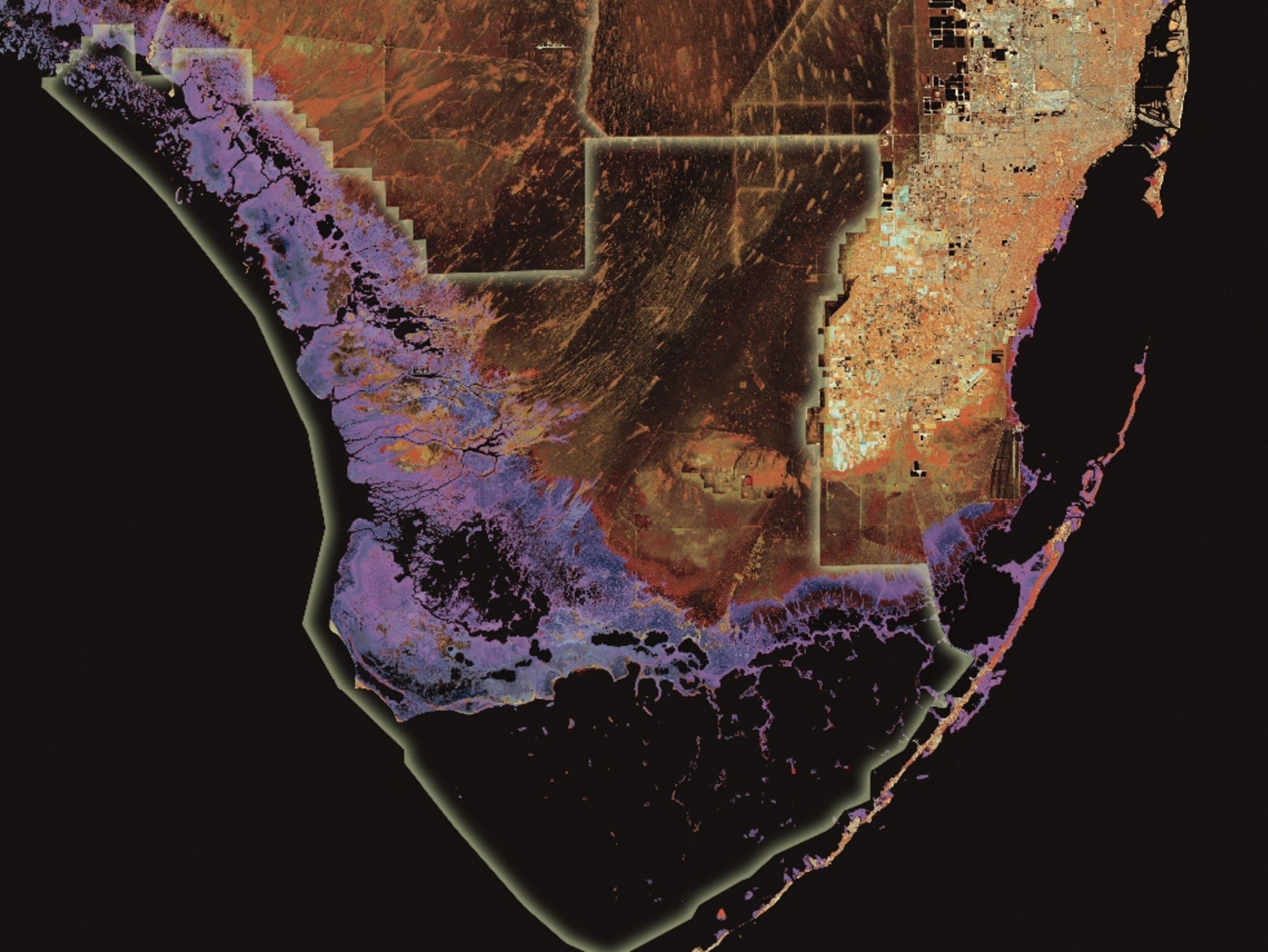
‘Cities, Businesses, and Citizens Can Save the Planet’
So says former New York City Mayor Michael Bloomberg, now an activist on climate change and environmental sustainability.
As New York City’s mayor from 2002 to 2013, Michael Bloomberg pushed sustainability. Now 75, the businessman and philanthropist has co-authored a book, Climate of Hope, in which he says that “cities, businesses, and citizens can save the planet.” Although I was an editor at Bloomberg News for several years, I hadn’t talked in depth with its outspoken founder until we sat down for this interview.
Susan Goldberg: Roughly two-thirds of people will live in cities by 2050. There are 31 cities now that are considered megacities, with 10 million people or more; by 2030 there’ll be 41 cities of that size. Why are people flocking to cities?
Michael Bloomberg: The marketplace is clearly saying this is where we want to be. Big cities provide culture; they can be much more cosmopolitan and give you a faster pace of life. It’s not for everybody; some people want a different pace, and there’s nothing wrong with that. I had the governor of Montana sitting right here yesterday—the whole population of the state is about a million people. I mean, that’s smaller than the Bronx! The beauty of the world is diversity. The beauty of America is basically we get along. There’s lots of places in the world where diversity is not exactly tolerated.
66% of the world’s population will live in an urban area by 2050.
SG: I have an off-the-wall question. Say your doctor tells you that you have developed life-threatening allergies to New York, London, and Boston, but your mental health is dependent on living in a big city. Where would you go?
MB: Well, one of the things to consider is suicide.
SG: No, no, no! That’s not a good answer. [Laughs.]
MB: If I could speak Turkish, Istanbul. If I could speak Japanese, Tokyo. If I could speak German, Berlin. If I could speak French, I’d think about Paris, but Paris is a little bit small.
SG: What made you name those spots?
MB: Cosmopolitan cities. Istanbul really is. Tokyo is less so but exciting—there’s just so much going on. In Berlin everything is open; if you’re a prude, you shouldn’t go there. But to me, New York has got everything you want. Far and away the best government job in the whole world—if you know how to use it—is the mayor of New York City. You have what is essentially a large army in the NYPD. You have a budget bigger than the GDP of most countries. Culture: There are great museums in London and Paris and a few other places, but New York can stand up with any of them.
SG: As people flock to cities, what happens to the people who are squeezed out by gentrification?
MB: I’ve always thought that culture attracts capital more than capital attracts culture. So if you want to bring Detroit back, you get young artists to move there and then people will follow them. Take a look at Greenwich Village; it used to be an artsy community, but no artist can afford to live there anymore. I’m sympathetic to people who get pushed out, and what I tried to do was build more housing and improve transportation to make this city better for everybody.
41 cities will have more than 10 million inhabitants in 2030, up from 31 in 2016.
SG: What’s an example of the kinds of things cities can do to become more environmentally friendly?
MB: The press made fun of me when I was on the flat roof of a five-story building with Al Gore and we painted the roof white. They had a field day—this bozo is doing this! But take a look next time you drive across the Queensboro Bridge or fly out of LaGuardia—every building roof is painted white now. And if one isn’t, I guarantee it’s an empty building.
SG: Why do you paint the roof white?
MB: Because it reflects the heat and reduces your electricity bill by 25 percent instantly. Forever. For the cost of two cans of paint. And they just laughed and made fun of Gore and myself, but the public isn’t stupid.
SG: Are there other simple fixes that individuals can do?
MB: Sure. I can buy a more fuel-efficient car. I can convert my incandescent bulbs to LEDs. I can put some insulation in. I can turn off the air conditioner when I’m not home. There’s a little bit of altruism—I want to save the world—but I think economics are really what drive these decisions.
10 million people will be added to the population of Delhi, India, by 2030, for a total of more than 36 million.
SG: Talk about the role that cities’ big employers play in the environment.
MB: Why will a corporation be environmentally friendly? Today, if you go and recruit on campus for the best and brightest, they interview you. They ask, What are you doing for the environment? Employees want to work for an environmentally friendly company. And then there are the investors. If you talk to the managers of the big pensions and endowments, they want socially responsible investing: We don’t buy coal stocks, gun stocks, tobacco stocks.
SG: Who is making the biggest impact in creating sustainable cities?
MB: All this progress is not made by the federal government—not the last administration, certainly not this administration—and not made by the state governments. There are a handful that do a little bit; [California governor] Jerry Brown has tried to do some real things. But it’s the local governments, the local companies, and the local nonprofits—that’s where the progress is made.
***
Thank you for reading National Geographic.








